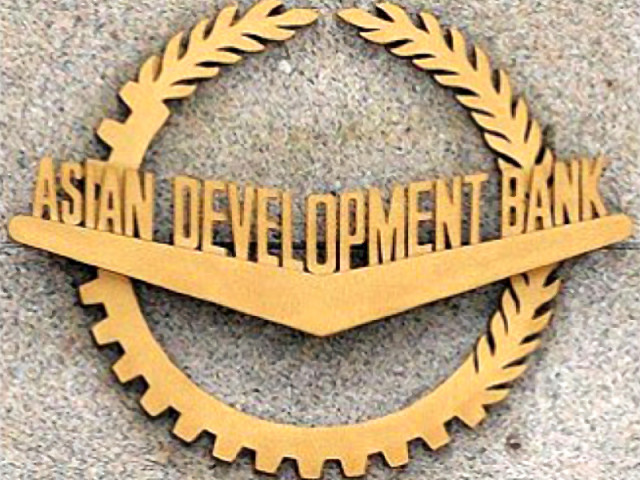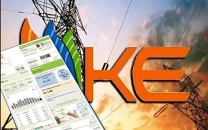Outlook: ADB projects 4.2% growth for Pakistan
Report says security concerns, political instability pose downside risks.

The Asian Development Bank (ADB) has projected a 4.2% economic growth rate for this year but warned that increasing security concerns, political demonstrations and effects of recent floods pose downside risks to the Pakistani economy.
The Manila-based lending agency’s growth projection is around 1% less than the target the government has set for itself. The 4.2% projection is also half than the pace the country needs to create jobs for thousands of people every year. The projections were made in the Asian Development Outlook (ADO) Updated – its flagship annual report.
The continuation of economic reforms and efforts to improve the security environment would help business confidence and revive private investment, it added.

The report stated that the government’s Vision 2025 also underlines that long-term development is not possible without political stability, security, and the rule of law. The ADB said several years of concerted national commitment would be required to eliminate electricity shortages and affect the structural reforms necessary to achieve high and inclusive growth.
The report argued that the projected 4.2% growth rate in the current fiscal year reflects some easing of fiscal consolidation and increased allocations for public sector development spending. But continuing reforms and a better security environment would further boost business confidence and foster private investment. It cautioned that the prospects of strong growth in manufacturing depend on further progress in easing energy shortages.
The updates came at a time when the government is struggling to cope with the challenges posed by protesters and the aftermath of floods. Due to increasing political pressure, the government has already started backtracking from committed reforms.
The ADB said Pakistan’s ability to achieve current fiscal year’s budget deficit target of 4.9% also hinges on reforms in the energy and taxation areas. While in most major categories of spending is projected to be increased by double digits, the report added that the government is expecting large savings from a 37% drop in subsidies, which is equal to 0.6% of Gross Domestic Product (GDP). It added the savings have been anticipated mainly by cutting untargeted power subsidies.
“Containing subsidies will be a challenge given overruns in recent years, and success will depend on implementing power sector reforms to raise tariffs enough to meet costs, improve collection, reduce leakage and invest in generation, transmission, and distribution systems”, it observed.
Contrary to its commitment to the International Monetary Fund, the government has already announced freezing increase in power tariffs due to fear of public backlash.
The ADB report stated that the significant power tariff increase in the previous fiscal year helped reduce subsidies, but savings were partly offset to cover improved supply.
The ADB has projected that average inflation is expected to slow down to 8.2% in this fiscal, slightly down from 8.6% in the previous fiscal year.
The ADB also revised its economic growth projection to 4.1% for the last fiscal year, up from its earlier estimates. It said the upturn came from improved industrial performance: a pickup in construction by 11.3%, continued growth in large-scale manufacturing at 4%, and electricity supply improved by 3.7%, owing largely to the government’s clearance of intra-industry debt.
However, it highlighted areas the government ignored in its first year. The contribution of investment was low by 0.2%. The ratio of fixed investment-to-GDP continued to decline falling to 12.4% in last fiscal year compared with 12.6% of fiscal year 2013. The private and public enterprise investment in the various production sectors slipped to 9.9% of GDP. Net exports turned negative, subtracting 0.7% from GDP as import growth outpaced export.
Published in The Express Tribune, September 26th, 2014.
Like Business on Facebook, follow @TribuneBiz on Twitter to stay informed and join in the conversation.



















COMMENTS
Comments are moderated and generally will be posted if they are on-topic and not abusive.
For more information, please see our Comments FAQ